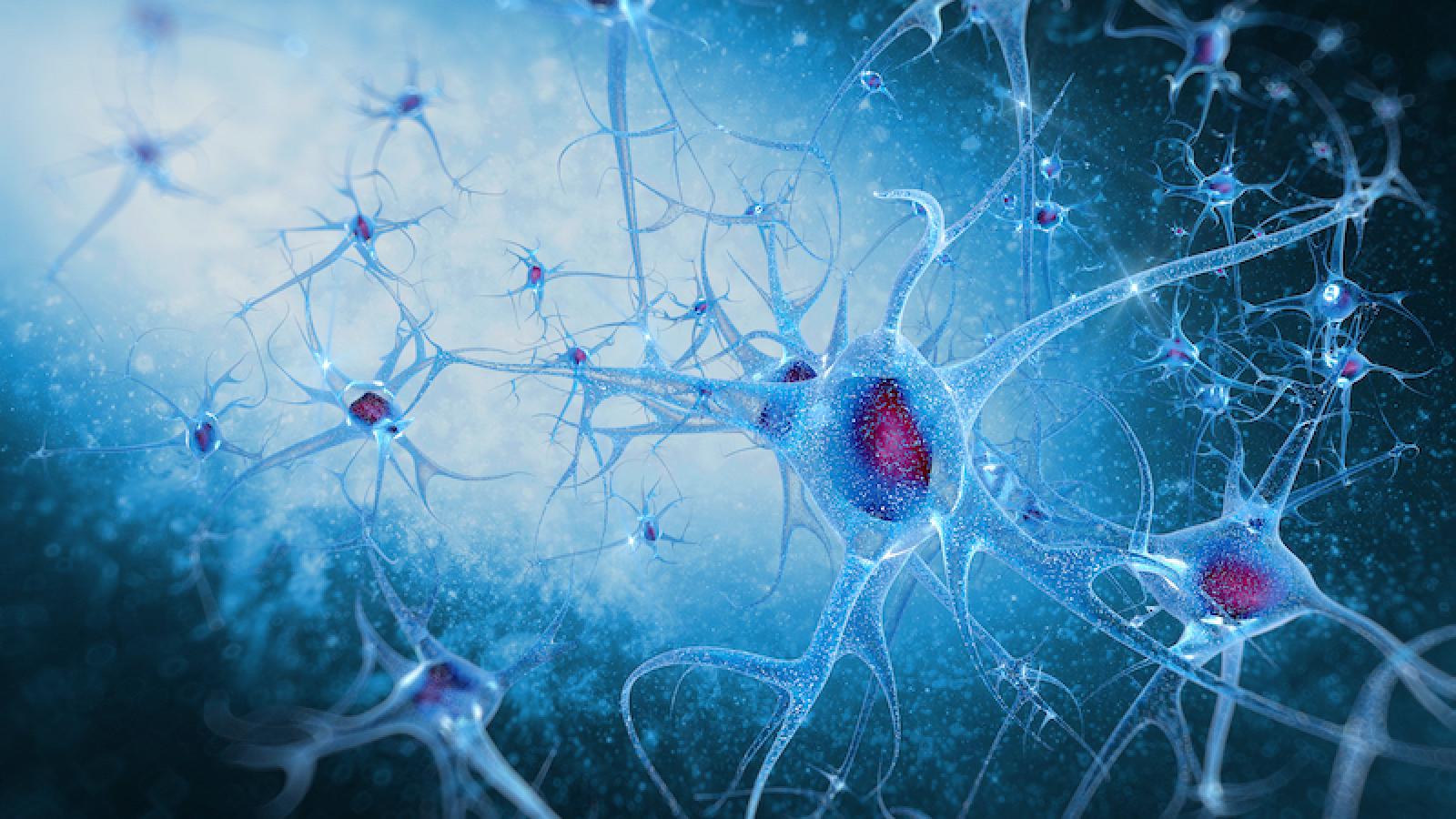A team of UK DRI researchers has shed light on the potential of improving the metabolic function of mitochondria as a potential treatment for motor neurone disease, in a paper published today in the journal, Acta Neuropathologica.
Motor neurone disease (MND) is a characteristically rapid, fatal neurological illness of mid-adulthood. It is currently incurable, with no effective treatments having been globally approved since the mid 1990s. The key brain cells affected are the motor nerves that allow us to move, eat and breathe. These nerve cells have long axons that can extend for up to a metre to connect to our muscles, and it is dysfunction in these axons that leads to MND.
The researchers, led by Dr Bhuvaneish Selvaraj and Professor Siddharthan Chandran at the UK DRI at Edinburgh, focused on unravelling the processes that lead to these defective axons in people with the commonest genetic form of MND. They discovered that boosting the function of mitochondria – the power supply to the nerve cells – remedies the defects in the axon.
The team used stem cells derived from people with the C9orf72 mutation that causes both MND and frontotemporal dementia, to generate motor nerve cells ‘in a dish’. They showed that these cells’ axons were shorter, and that transport of mitochondria that normally move up and down the axons was impaired. For the first time, they demonstrated that this is caused by problems with the mitochondrial energy supply, and that by boosting this, the axon regains normal function. These findings were further supported by examination of human post-mortem spinal cord tissue from people with MND who had kindly donated their tissue.
The team hopes that their findings will pave the way for a generation of novel therapies targeted at boosting mitochondrial function in MND.
since the last treatment was approved for MND
The importance of the axon in motor nerve cells cannot be overstated.Dr Arpan MehtaUK DRI at Edinburgh
Dr Arpan Mehta, first author of the study, commented: “The importance of the axon in motor nerve cells cannot be overstated, which is why we decided to focus on the causes of axonal dysfunction.
Our findings provide hope that by restoring the cell’s energy source we can protect the axons and their connection to muscle from degeneration. Work is now underway to identify existing drugs that boost mitochondrial function, that can be tested in clinical trials.”
The study was funded by the UK Dementia Research Institute, Medical Research Council, Motor Neurone Disease Association and Anne Rowling Regenerative Neurology Clinic.
Article published on 5 January 2021
Banner image: vitstudio/Shutterstock.com
